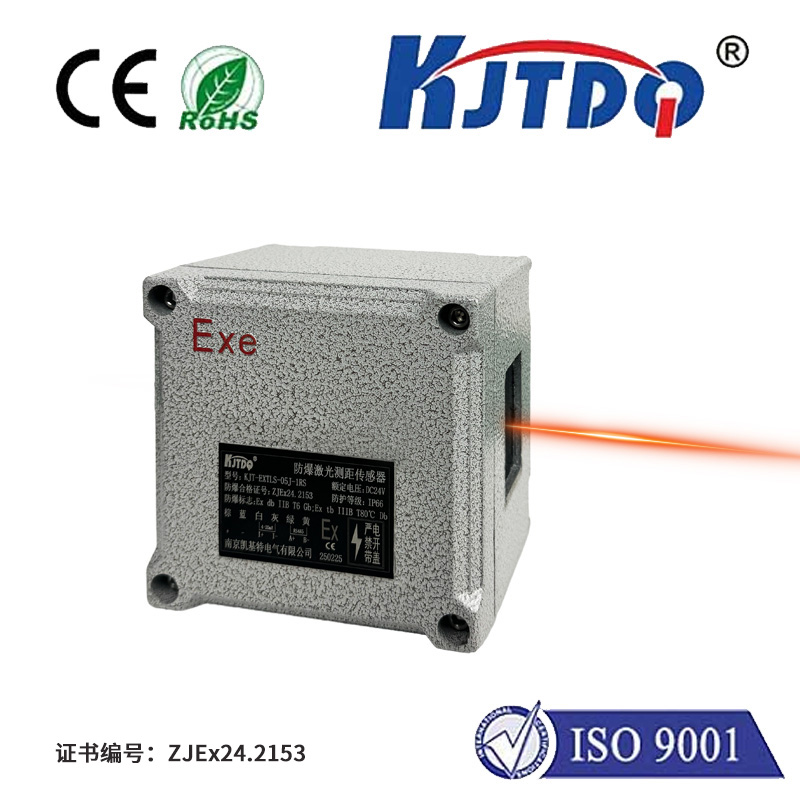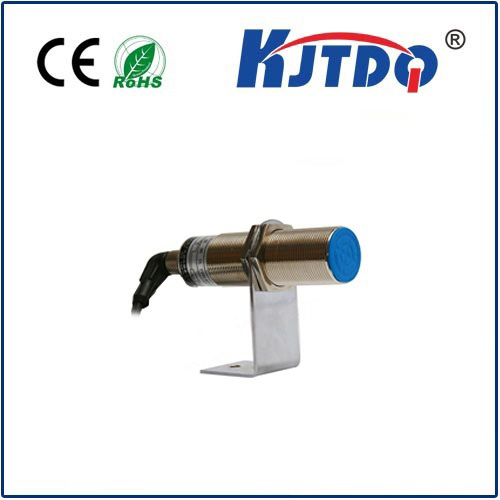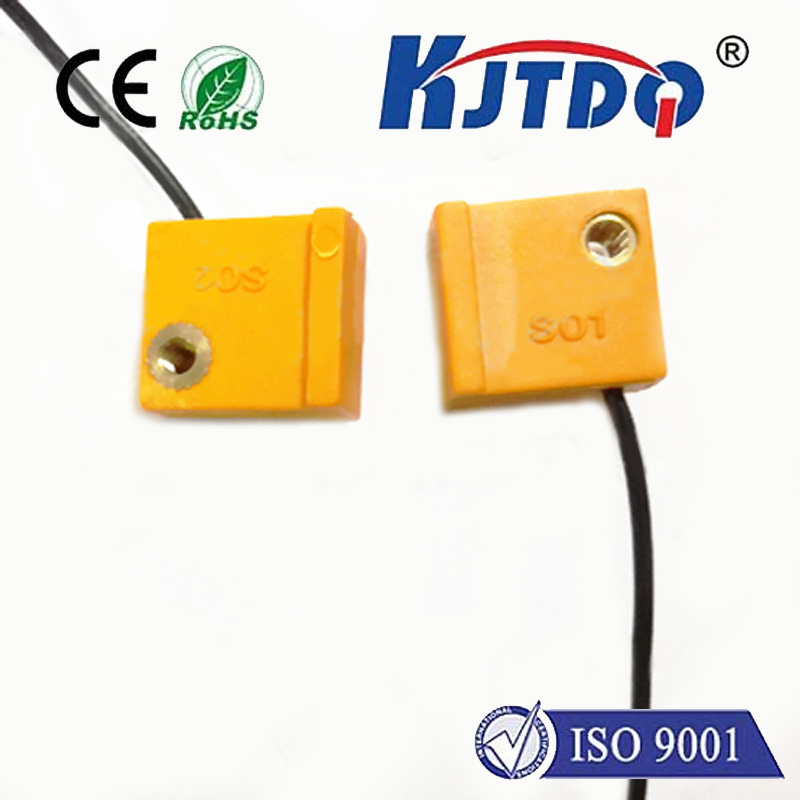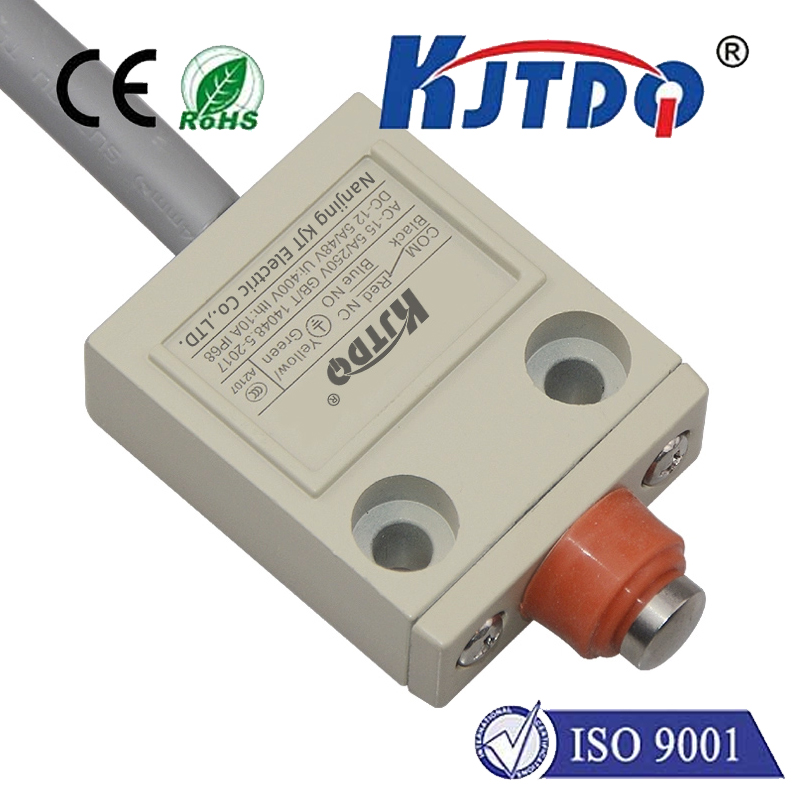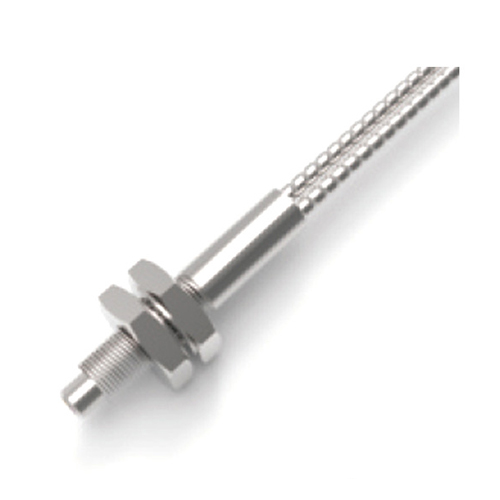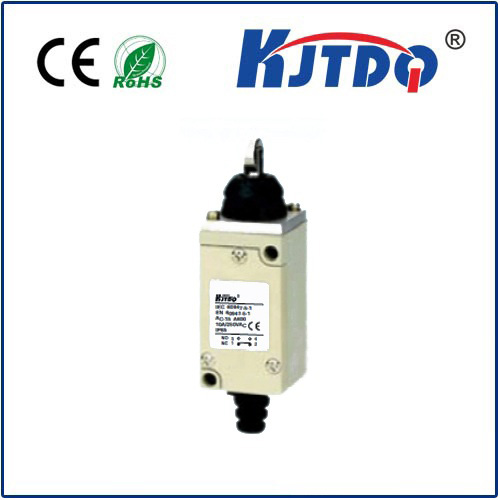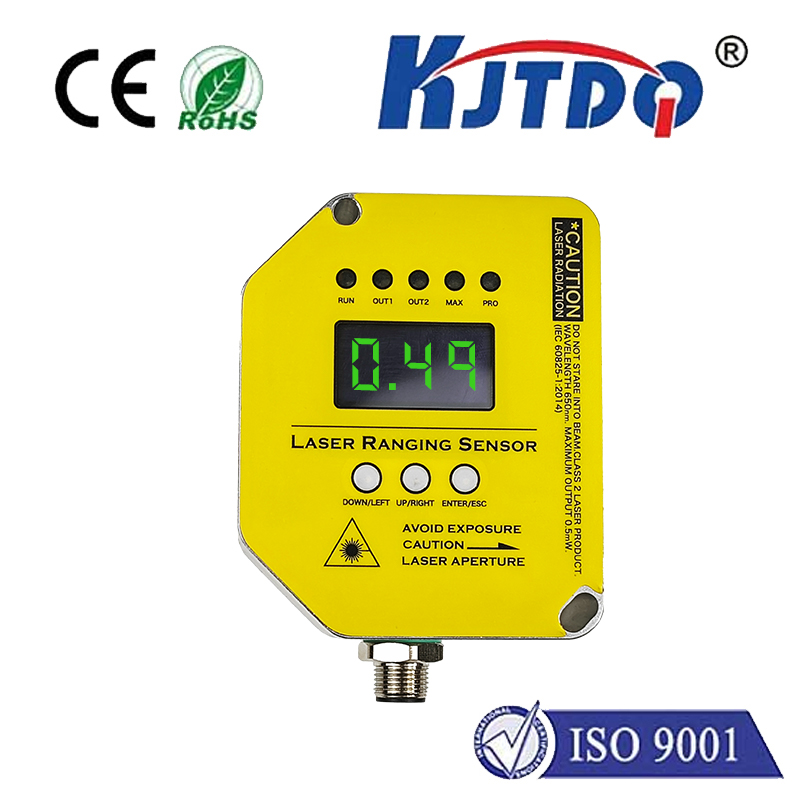

check

check

check

check

check

check

check

check

check

check
Understanding Pressure Limit Switch: Functions and Importance
The pressure limit switch is a crucial component in various systems that require precise control over pressure levels. It plays a vital role in ensuring the safe and efficient operation of machinery, equipment, and processes. In this article, we will explore the functions and significance of the pressure limit switch, helping you gain a deeper understanding of its importance in various applications.
What is a Pressure Limit Switch?
A pressure limit switch is an automatic control device designed to monitor and regulate pressure levels within a system. It consists of a switch mechanism that activates or deactivates based on the pressure readings it receives from a pressure sensor. When the pressure level exceeds or falls below the preset limits, the switch triggers an alarm or initiates corrective actions to maintain the desired pressure range.

Functions of Pressure Limit Switch
The primary function of a pressure limit switch is to provide a safety mechanism by preventing excessive pressure buildup or vacuum conditions that could potentially damage equipment or pose risks to personnel. The switch acts as a fail-safe device, shutting down the system or activating backup systems when necessary. Additionally, it helps optimize energy consumption by ensuring that the system operates at the most efficient pressure levels.
Importance of Pressure Limit Switches
Pressure limit switches are essential in many industries, including HVAC (Heating, Ventilation, and Air Conditioning), refrigeration, process control, and water treatment. They help maintain consistent operating conditions, improve system efficiency, and prevent costly equipment failures due to pressure-related issues. Moreover, they contribute to environmental sustainability by reducing energy waste and minimizing greenhouse gas emissions.
Pressure Limit Switch Applications
In HVAC systems, pressure limit switches protect against low or high pressure levels that may cause equipment damage or affect indoor air quality. In refrigeration systems, they ensure proper coolant flow and prevent freezer burn or spoilage of stored products. In process control applications, they monitor and regulate pressure levels in industrial processes such as oil refining, food processing, and pharmaceutical manufacturing. In water treatment facilities, they play a crucial role in maintaining optimal pressure levels for effective filtration and disinfection processes.
Conclusion
The pressure limit switch is a critical component that ensures the safe and efficient operation of various systems. Its ability to regulate pressure levels effectively prevents equipment damage, saves energy, and promotes environmental sustainability. By understanding the functions and importance of pressure limit switches, you can appreciate their value in maintaining reliable performance across diverse applications.

